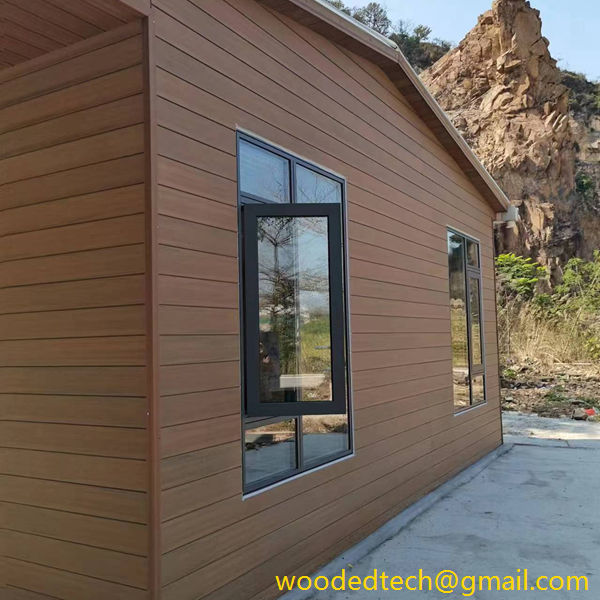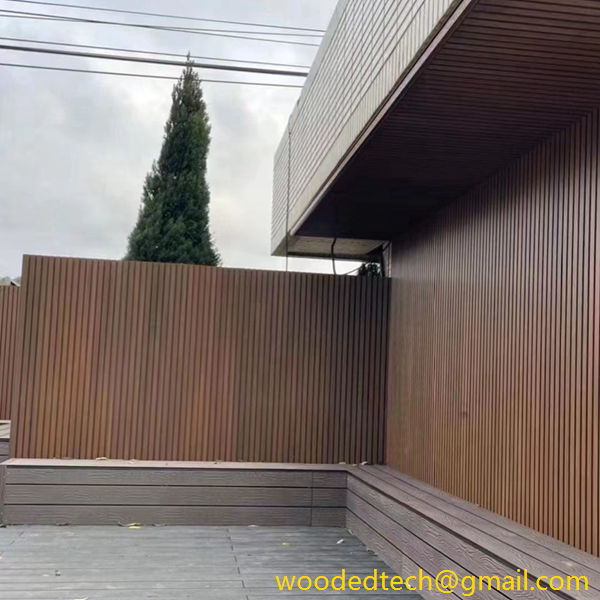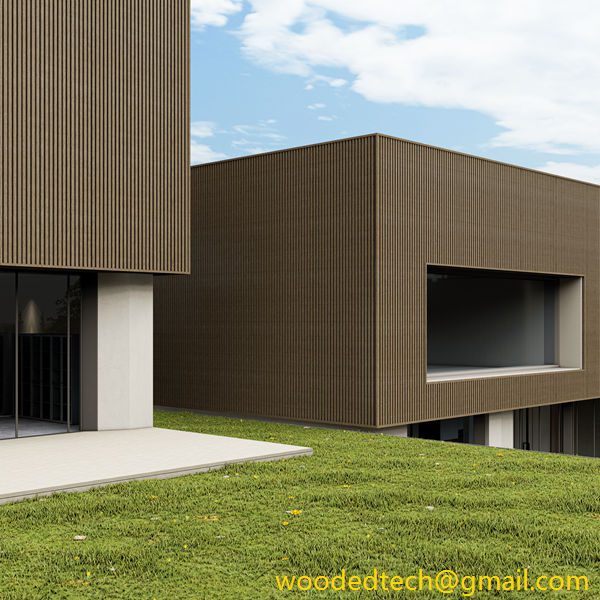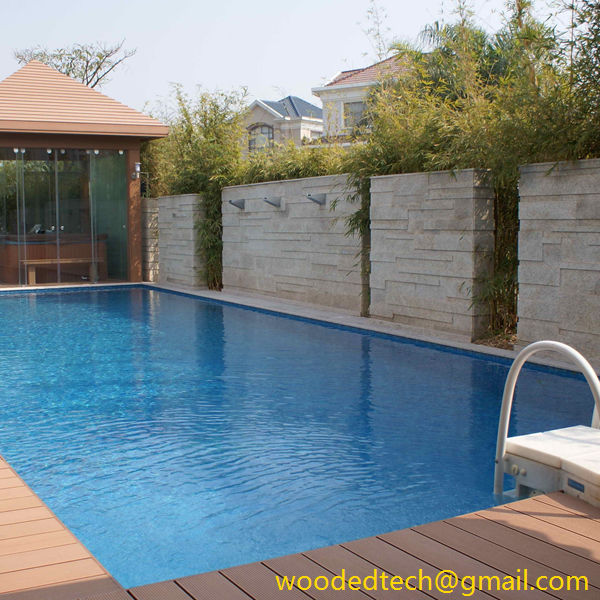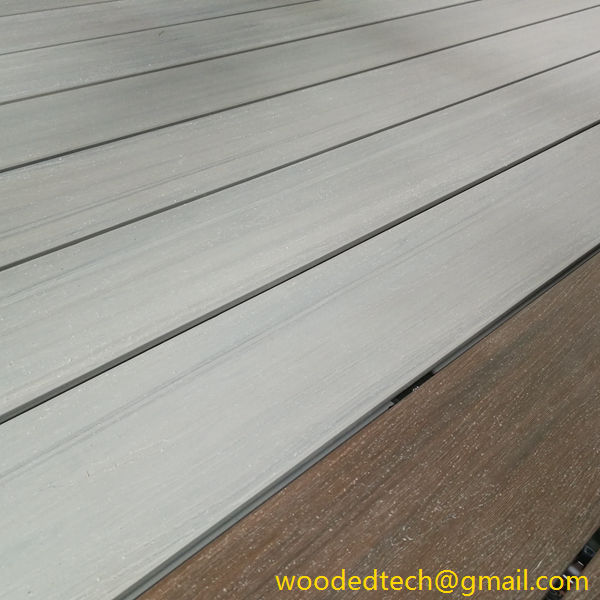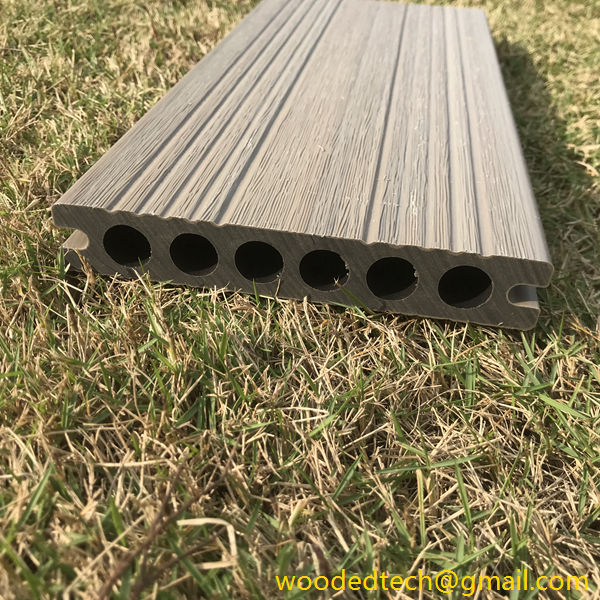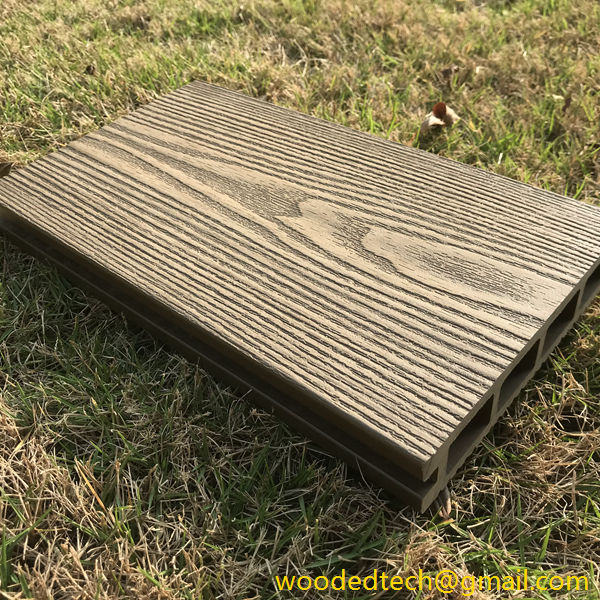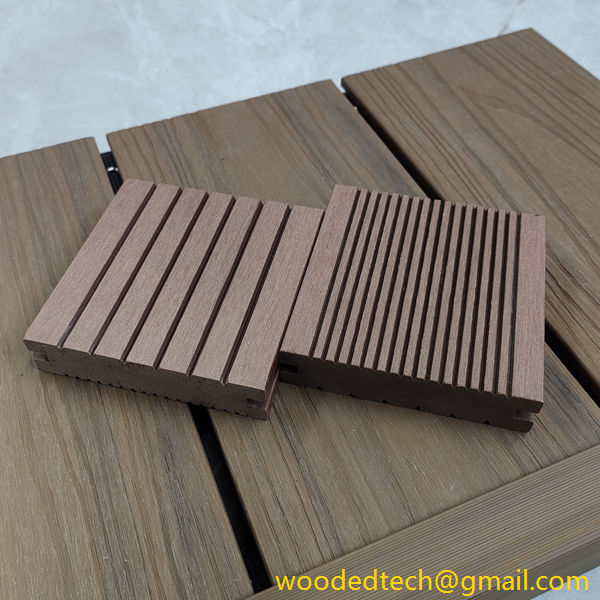Combining Style and Function with Wall Panel Wood Plastic Panels for Modern Interiors
Combining Style and Function with Wall Panel Wood Plastic Panels for Modern Interiors Wall paneling has long been a favored choice for interior design, offering a combination of aesthetic appeal and functional benefits. In recent years, wood plastic composite panels have emerged as a modern alternative that seamlessly blends style and practicality. These innovative materials…
Combining Style and Function with Wall Panel Wood Plastic Panels for Modern Interiors
Wall paneling has long been a favored choice for interior design, offering a combination of aesthetic appeal and functional benefits. In recent years, wood plastic composite panels have emerged as a modern alternative that seamlessly blends style and practicality. These innovative materials not only enhance the visual appeal of a space but also provide durability and ease of maintenance, making them a prime choice for contemporary interiors.
Wood plastic panels, often referred to as WPC panels, are crafted from a mixture of wood fibers and plastic polymers. This unique composition results in a product that mimics the appearance of natural wood while overcoming some of its inherent shortcomings. Traditional wood can warp, crack, or fade over time, especially when exposed to moisture, heat, or direct sunlight. In contrast, WPC panels are designed to withstand these environmental challenges, making them suitable for various applications, from residential to commercial spaces.
One of the most significant advantages of WPC panels is their versatility in design. Available in a wide range of colors, textures, and finishes, they can complement any interior style, from rustic to ultra-modern. Homeowners and designers can choose from finishes that resemble traditional wood species such as oak, maple, or walnut, or opt for more contemporary looks featuring sleek lines and bold colors. This variety allows for endless creative possibilities when it comes to wall design.
Furthermore, WPC panels can be used in various settings, including living rooms, bedrooms, offices, and even outdoor spaces. For instance, in a cozy living room, a feature wall made of dark-stained WPC panels can create a warm and inviting atmosphere. In contrast, lighter shades can brighten up a small bedroom, making it feel more spacious and airy. In commercial environments, such as restaurants or retail stores, WPC panels can be employed to make a striking first impression while ensuring durability in high-traffic areas.
Another compelling aspect of wood plastic panels is their sustainability. As environmental concerns continue to influence consumer choices, WPC panels offer a more eco-friendly option compared to traditional wood. Many manufacturers source their wood fibers from recycled materials or sustainably managed forests, reducing the demand for new timber. Additionally, the plastic used in WPC panels is often derived from recycled sources, further minimizing the environmental footprint. This sustainable approach appeals to eco-conscious consumers who wish to make responsible choices for their homes and businesses.
Maintenance is another area where WPC panels outperform traditional wood. Unlike wood that requires regular sealing, staining, and polishing to maintain its appearance, WPC panels are designed for hassle-free upkeep. A simple wipe down with a damp cloth is usually sufficient to keep them looking fresh and clean. This ease of maintenance is particularly beneficial in busy households or commercial settings where time and resources may be limited.
In terms of installation, WPC panels are also user-friendly. Many are designed with interlocking systems or tongue-and-groove edges that allow for straightforward assembly. This feature can significantly reduce installation time and labor costs, making them an attractive option for both DIY enthusiasts and professional contractors. Additionally, the lightweight nature of WPC panels simplifies handling and transportation, further contributing to their appeal.
Beyond aesthetic and functional benefits, the insulation properties of wood plastic panels also deserve mention. WPC panels provide better thermal insulation compared to traditional wall materials, helping to regulate indoor temperatures. This can lead to energy savings over time, as homes and businesses become more energy-efficient. In colder climates, this feature can contribute to a more comfortable living environment, while in warmer areas, it can help keep spaces cool.
As we look towards the future of interior design, the marriage of style and function is increasingly important. Consumers are no longer satisfied with products that offer only one or the other; they seek materials that enhance their living spaces while also providing practical benefits. Wood plastic panels embody this philosophy, making them an ideal choice for modern interiors.
In conclusion, wall panel wood plastic panels represent a perfect blend of style and function for contemporary interior design. Their versatility, sustainability, low maintenance, ease of installation, and insulation properties make them an excellent choice for a wide range of applications. Whether you are looking to create a stunning feature wall in your home or seeking durable and attractive solutions for a commercial space, WPC panels are worth considering. With their ability to enhance both the aesthetic and functional aspects of a space, they stand out as a modern solution for those looking to elevate their interiors. Embracing wood plastic panels means embracing a future where style and practicality coexist harmoniously in our living and working environments.

